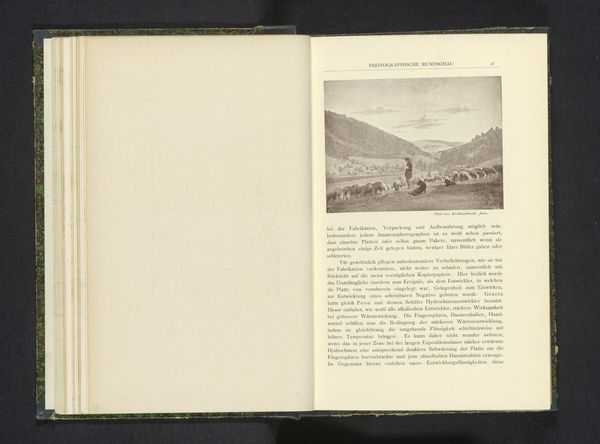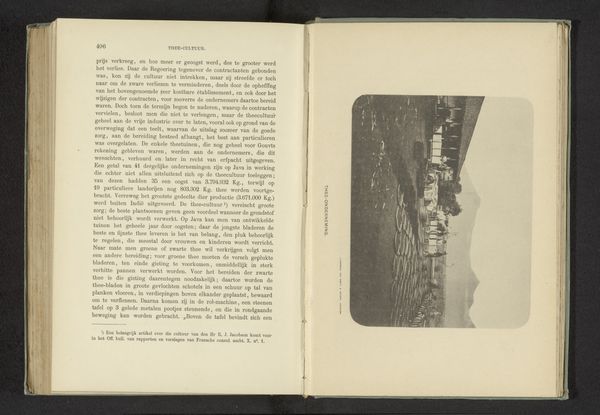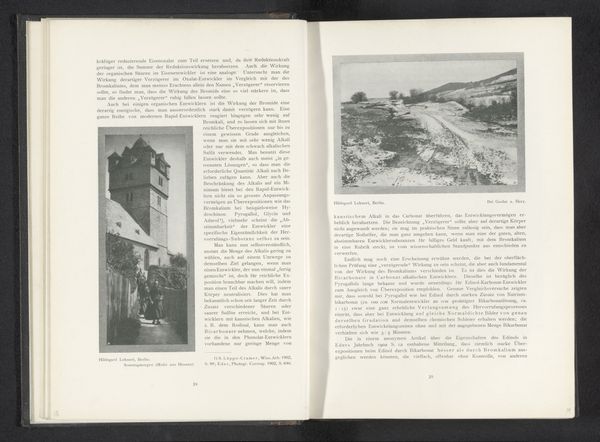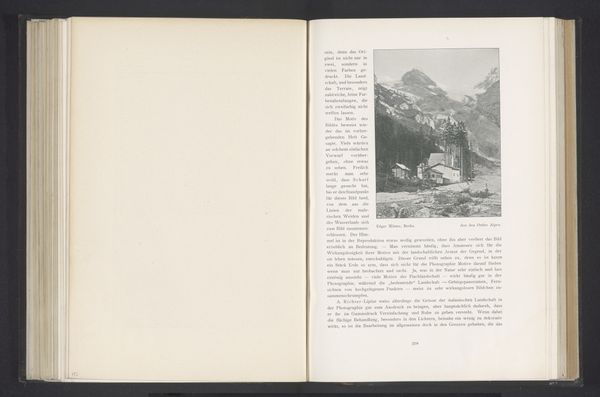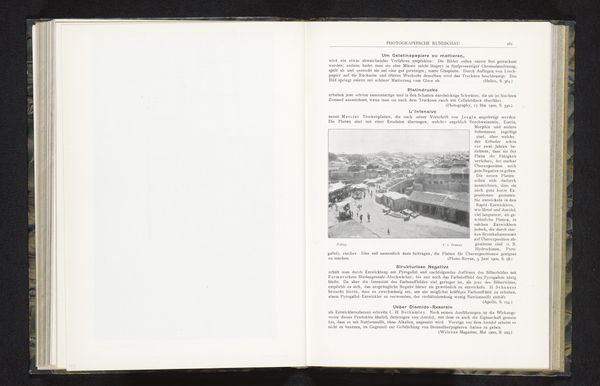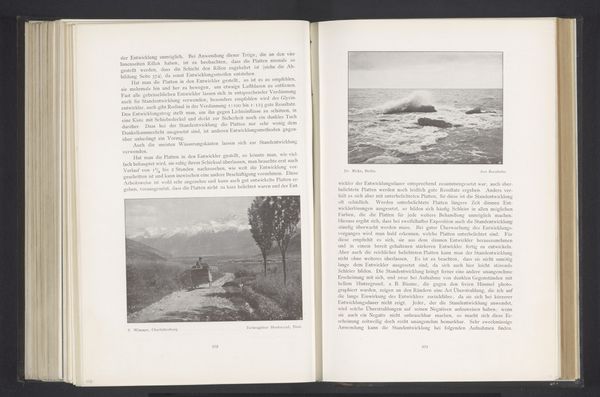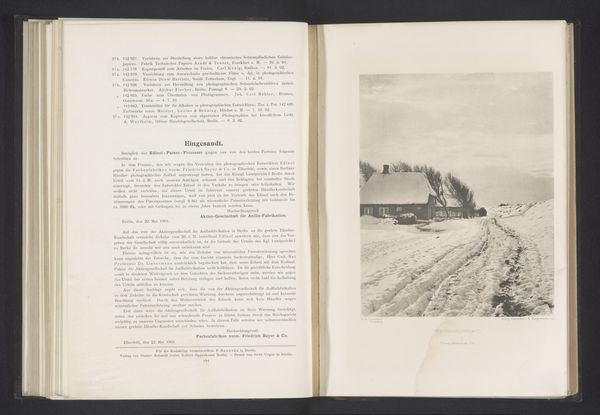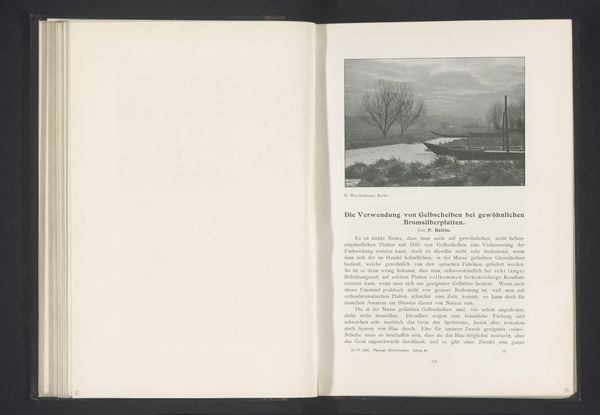
print, photography
# print
#
landscape
#
photography
#
mountain
Dimensions: height 149 mm, width 113 mm
Copyright: Rijks Museum: Open Domain
Editor: Here we have "Dorpsgezicht in de bergen," or "Village View in the Mountains," a photograph created before 1903 by the firm Kühner and Wieck. It gives me such a calm feeling, like time has almost stopped. What draws you in when you look at it? Curator: That feeling of stillness, that's it exactly! To me, this image is like stepping into a memory. I wonder about the people who lived there, nestled among those mountains, long before our time. It whispers tales of resilience and a deep connection to the land. Does it not feel like peering into the soul of the past? Editor: Definitely, I almost feel I could reach out and touch it, smell the clean mountain air. It also strikes me how deliberately composed the image is. Is that a common feature of early landscape photography? Curator: Indeed, you’ve picked up on something key. Early photography was often striving for legitimacy, aiming to be viewed as art, much like painting. And photographers frequently sought to mimic the established compositional rules, consciously arranging elements for maximum impact, wouldn’t you say? Look at the strong diagonal of that road, pulling us into the heart of the village, a compositional decision that’s both skillful and inviting. Editor: I see what you mean. So it’s both a documentary piece and an artistic statement. Curator: Precisely! It documents a specific place and time, yet the way it is presented imbues the scene with mood and timelessness. Photography lets us pause, and maybe even appreciate the profound quietness, a luxury, if you will. Editor: I hadn't considered the artistic intention behind early photography so directly. This has changed my perspective. Curator: And for me, looking at art like this makes me think about my role in preserving cultural heritage through contemporary insights. It enriches our understanding of the past and present simultaneously.
Comments
No comments
Be the first to comment and join the conversation on the ultimate creative platform.

